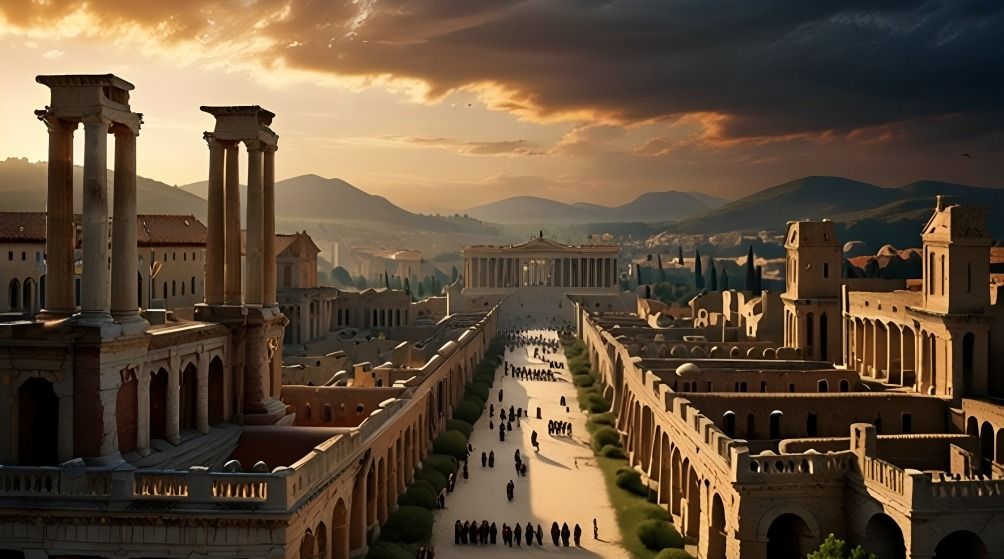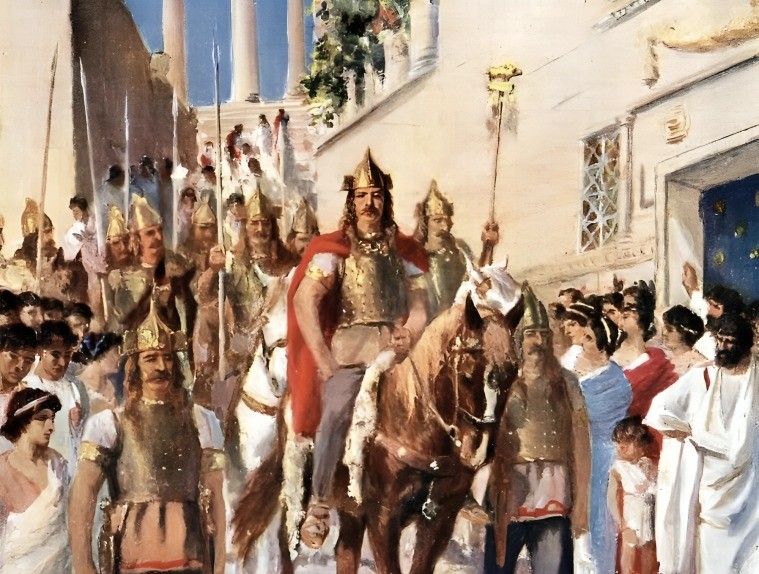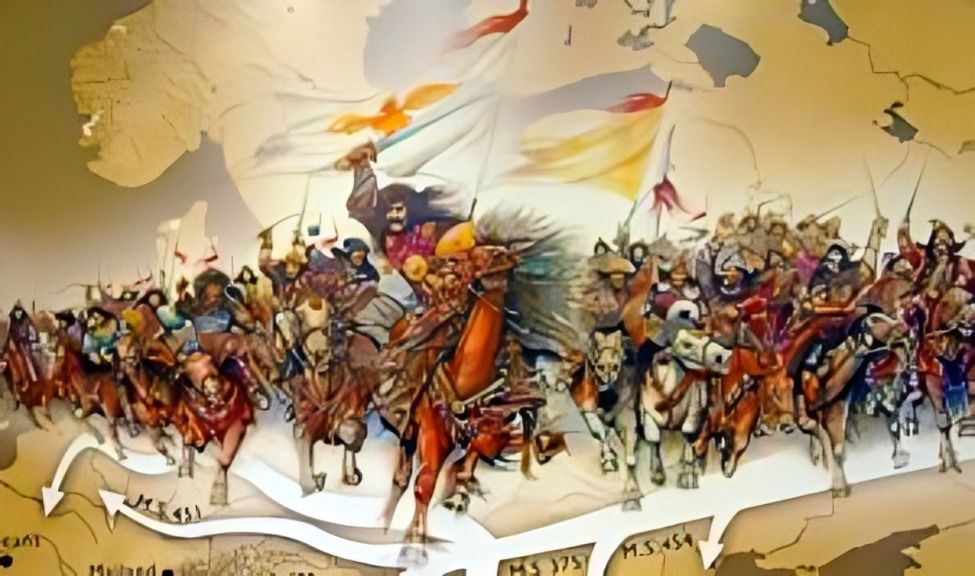
“
The Fall of the Western Roman Empire marks one of the most significant turning points in world history. Occurring in 476 AD, it signaled the end of ancient Rome’s dominance and the beginning of the Middle Ages. The empire’s decline wasn’t due to a single event but rather a series of internal struggles, invasions, and leadership failures. Over time, the empire that once ruled vast territories in Europe, North Africa, and the Middle East became weakened by corruption, military defeats, and economic hardships. This blog will present 20 fascinating facts about the Fall of the Western Roman Empire, providing insights into the key events, people, and circumstances that led to its downfall. Let’s explore the dramatic story behind one of history’s greatest collapses!1
”
The fall of the Western Roman Empire officially occurred in 476 AD when Romulus Augustulus, the last emperor, was deposed by the Germanic leader Odoacer, ending Roman rule.1
The empire's collapse was a long process, spanning centuries, with economic problems, military defeats, internal corruption, and relentless barbarian invasions all contributing to its eventual downfall.2
One significant factor was Rome's heavy reliance on foreign mercenaries to fight its battles. These soldiers were often unreliable, eventually turning against the very empire they served. 3

In 410 AD, the Visigoth King Alaric led his forces to sack Rome, marking a devastating moment in history that symbolized Rome's weakening power and fading dominance.
The division of the Roman Empire into Eastern and Western halves by Emperor Diocletian in 285 AD weakened the Western Empire, though the Eastern Byzantine Empire survived for centuries.4
Rome’s economy was in shambles by its final years, struggling with inflation, heavy taxation, and a reliance on a dwindling population to support its vast army and territory.5
The Western Roman military was stretched too thin, attempting to defend the empire’s expansive borders from the ongoing attacks of barbarian groups like the Huns, Vandals, and Goths.6

The Huns, led by Attila, wreaked havoc across Roman territories in the 5th century. Their invasions severely strained Roman resources and further weakened the Western Empire.
Corruption and ineffective leadership plagued the Roman government. Many officials were more concerned with their own wealth and power than with preserving the strength of the empire.7
The empire's size became unmanageable, spanning Europe, North Africa, and the Middle East. With slow communication and difficult logistics, defending such a vast territory became impossible.8
In 455 AD, the Vandals launched a brutal sack of Rome that lasted two weeks, leaving the once-mighty city in ruins and further diminishing its standing in the ancient world.9

Rome’s reliance on a slave-based economy hindered innovation. With little incentive to improve agricultural practices, production declined, weakening the empire’s ability to feed its population.
The Western Roman Empire lost the trust of its citizens as political instability, frequent invasions, and economic struggles led to widespread unrest, eroding public support for the government.10
While the Western Roman Empire fell, the Eastern Roman, or Byzantine Empire, continued to thrive for nearly a millennium, preserving Roman culture and protecting its Eastern territories.11
Rome’s vast borders made it vulnerable to repeated invasions. Barbarian groups such as the Visigoths, Ostrogoths, and Vandals regularly breached Roman defenses, contributing to its downfall.12
Christianity’s rise in the empire altered its priorities. Emperors increasingly focused on religious matters and church-building, diverting resources away from defending the empire’s borders.13
After the fall of the Western Roman Empire, Europe fractured into smaller kingdoms, giving rise to the feudal system and setting the stage for the medieval period.14
Roman culture, laws, and the Latin language continued to shape European civilization long after the fall of the empire, particularly through the influence of the Catholic Church.15
The Goths, who had been Roman allies, turned against the empire after suffering mistreatment. Their victory at the Battle of Adrianople in 378 AD was a major blow to Rome.16
The fall of the Western Roman Empire marks a critical turning point in history, signaling the end of ancient civilization and the beginning of the medieval era in Europe.17


